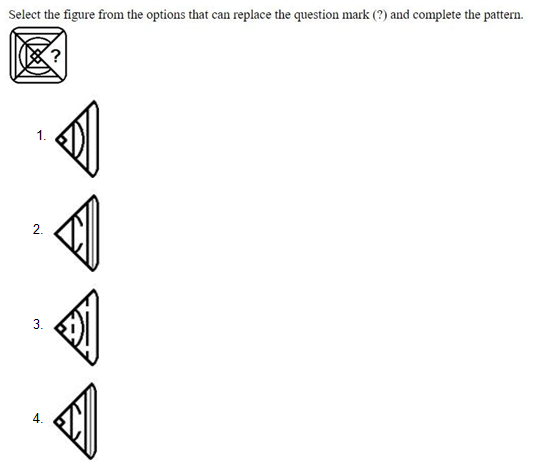Question
In relation to materiality principle, determining a
percentage to be applied to a chosen benchmark, would require the exercise of ________ on part of the auditor. Refer to the following information to answer the next 4 questions (Q17 to Q20) The word Audit is derived from Latin word “Audire” which means ‘to hear’. Auditing is the systematic examination of financial statements, records and related operations to determine adherence to generally accepted accounting principles, management policies and stated requirement. Importance of auditing can be judged from the fact that even those organizations which are not covered by Companies Act get their financial statements audited. It has become a necessity for every commercial and even non- commercial organization. A company appoints an auditor who submits his opinion on the truthfulness and fairness of the financial performance and position of the company. An auditor’s Report is the format of result of all the effort that goes into the audit. Communicating the Auditor’s findings to interested users is part of all audits. Thus, the Final phase of an Audit involves preparing that communication, which is known as auditor’s report.Solution
Professional Judgement is the application of relevant training, knowledge and experience within the context provided by auditing, accounting and ethical standards in making informed decisions about the courses of action that are appropriate in the circumstances of the audit engagement. It is required with respect to Materiality and audit risk, nature, timing and extent (NTE) of audit procedures, evaluating sufficiency & appropriateness of audit procedures, evaluating management judgement in applying applicable FRF and drawing conclusions based on audit evidence
Which of the following interchange of numbers (not digits) would make the given equation correct?
14 × 4 ÷ 10 + 10 – 20 = 2
Find the missing number in the series given below.
2, 6, 30, 210, ?, 30030
Select the word-pair that best represents a similar relationship to the one expressed in the pairs of words given below.
(The words must be consi...
In the following question, select the figure which can be placed at the sign of question mark (?) from the given alternatives.
Select the option figure in which the given figure (X) is embedded as its part (rotation is NOT allowed).
A series is given with one term missing. Select the correct alternative from the given ones that will complete the series.
ABCD, HGLO, OLUZ, VQ...
Three of the following four number-pairs are alike in a certain way and thus form a group. Which is the pair that does not belong to that group?
...
Read the directions carefully and answer the following question.
Vijay reached the office before Tony, but after Vinay. Megha reached office be...

In a certain code language, CABLE is coded as 65@7#, and PARKLET is coded as 85917#2. How will ELRAP be coded in that language?


